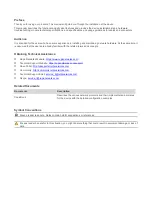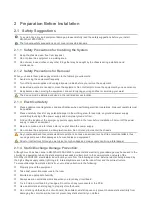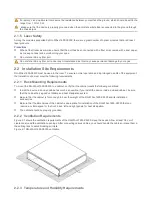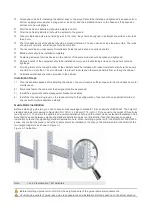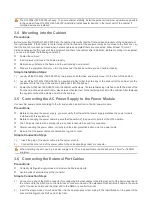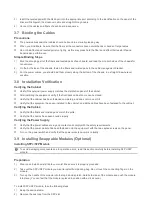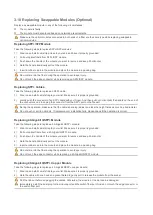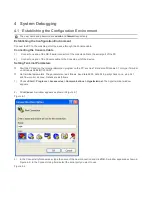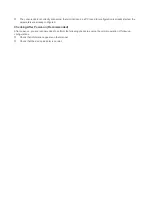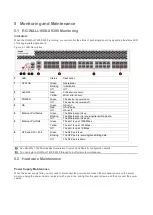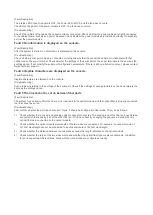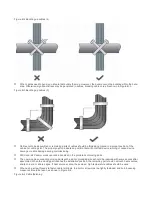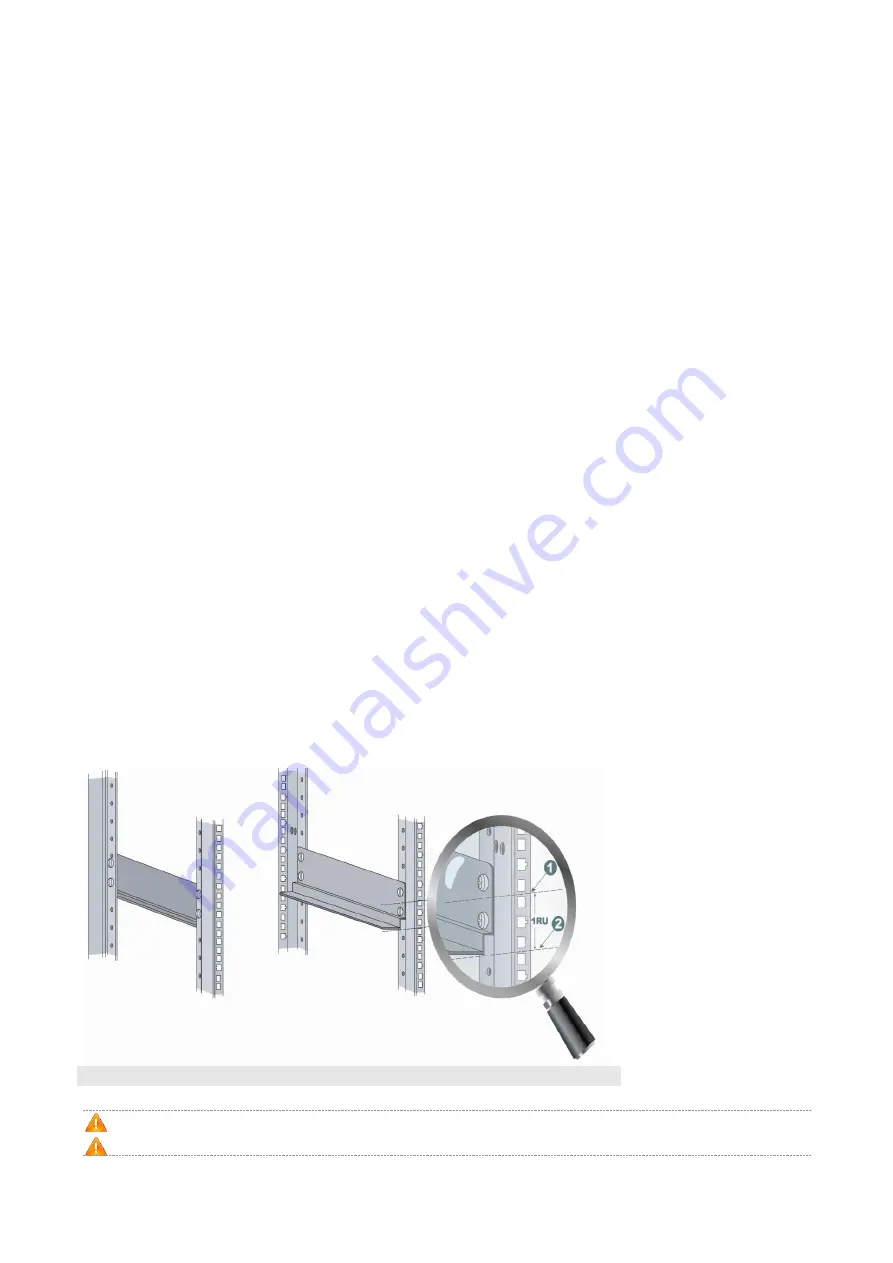
All expansion bolts for fastening the cabinet base to the ground should be installed and tightened in sequence from
bottom up (large plain washer, spring washer, and nut), and the installation holes on the base and the expansion
bolts should be well aligned.
After the cabinet is installed, it should be stable and still.
After the cabinet is installed, it should be vertical to the ground.
When multiple cabinets are put side by side in the room, they should be aligned in a straight line, with an error less
than 5 mm.
The front/back doors of the cabinet should be properly installed. You can open and close them smoothly. The locks
should work normally, and all keys should be complete.
There should be no unnecessary formal labels inside the cabinet and on various boards.
Blank panels should be installed completely.
Fastening screws of various devices in the cabinet of the same model should be ready and tightened.
Various boards of the equipment should be installed securely, and the fastening screws on the panel should be
tightened.
All wiring inlets at the top and bottom of the cabinet should be installed with rodent-resistant nets where the seams
should be no more than 1.5 cm in diameter, to prevent rodents and other small animals from entering the cabinet.
Antistatic wrist straps should be provided in the cabinet.
Installation Steps
1)
Plan the available space before installing the cabinet. You must reserve sufficient space for front and back doors for
maintenance.
2)
Mount and fasten the cabinet at the designed location as planned.
3)
Install the appropriate cable management bracket and cables.
4)
Install the tray and wiring layer on the rack according to the configuration of one rack with one cabinet installed or
one rack with multiple cabinets installed.
Guide Rails Installation
Before installing a guide rail, you need to have some knowledge of standard 19-inch cabinets of IEC60297. The height of
standard cabinets is measured in Rack Unit (RU, 1 RU = 44.45 mm (1.75 inch)). 1 RU is equal to the height of three holes
(see Figure 3-1). The hole in the middle is an auxiliary installation hole, and the other holes are standard installation holes.
Note that the space between neighboring standard installation holes is a little smaller than that between an auxiliary
installation hole and its neighboring standard installation hole. When installing a guide rail for the RG-WALL1600-X9300
series, ensure that the plane to carry the chassis should be installed on the plane of delimiters (entire-U delimiter) of the
two neighboring RUs, as shown in Figure 3-1.
Figure 3-1 Guide Rail
Note:
1 and 2 representing 1 RU delimiters
Before installing a guide rail, confirm that the weight capacity of the guide rail meets requirements.
Considering a variety of guide rails, guide rail appearance and installation methods depend on the actual situation.



